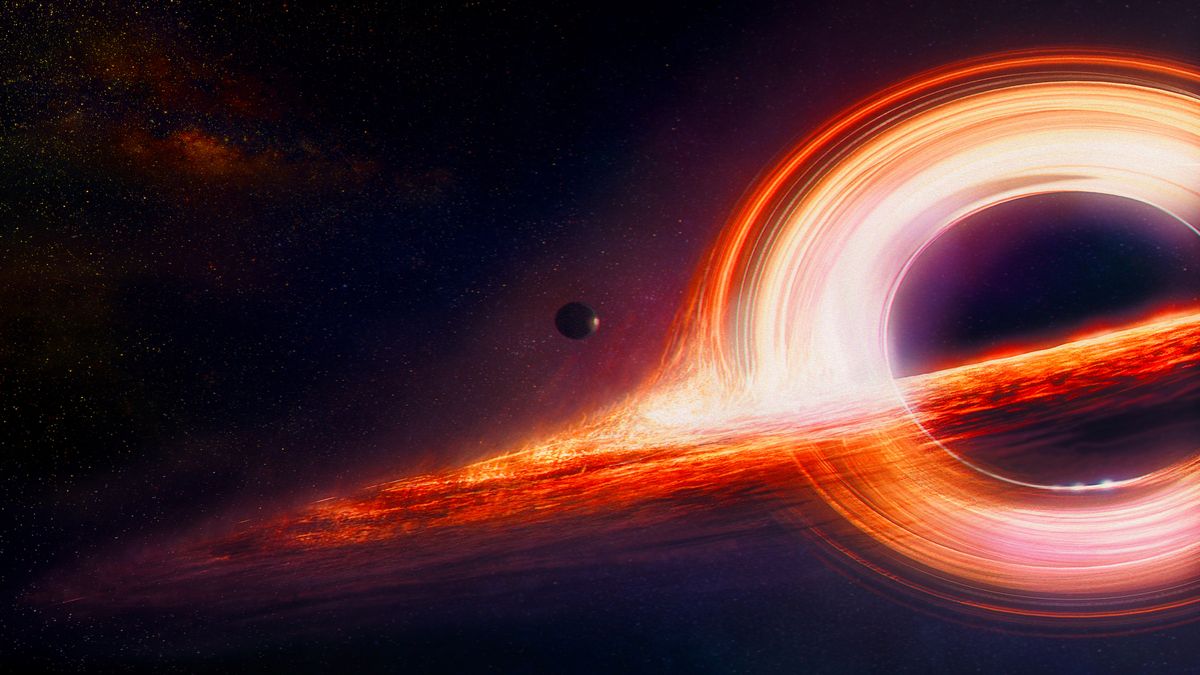The universe holds an estimated 40 quintillion stellar-mass black holes—about 1% of all normal matter.
Key Takeaways:
- Scientists estimate 40 quintillion stellar-mass black holes exist in the universe, forming 1% of normal matter.
- This number was calculated by modeling the life cycles of stars, from formation to collapse.
- Black holes form when massive stars collapse, creating points of infinite density.
- The study helps explain the origins of supermassive black holes in the early universe.
- Future research will explore how black hole “seeds” grew into cosmic giants.
________
How Scientists Arrived at This Number
Scientists have unveiled a staggering estimate: approximately 40 quintillion stellar-mass black holes exist throughout the observable universe. This new calculation, published in The Astrophysical Journal, suggests that these cosmic giants account for about 1% of all normal matter. Despite their elusive nature, astrophysicists have developed a detailed model to estimate their numbers.
The research team, led by Alex Sicilia from the International School of Advanced Studies (SISSA) in Italy, took an innovative approach by modeling the life cycles of stars. They tracked how often stars—either alone or in binary systems—collapse into black holes. This “ab initio” (from first principles) approach provided one of the most comprehensive estimates to date.

How Scientists Counted the Unseen
Black holes are notoriously difficult to observe since they do not emit light. However, scientists inferred their population by simulating the universe’s star formation history. They analyzed the sizes of galaxies, gas cloud compositions, and metallicity levels—factors that influence the formation of massive stars, which eventually collapse into black holes.
Using this model, researchers simulated how stars evolved over billions of years. They accounted for factors such as black hole mergers, gas consumption, and gravitational waves. By comparing their findings with existing gravitational wave data, they confirmed that their estimates align with observations.
One of the study’s major implications is its connection to supermassive black holes, which are millions or even billions of times the mass of the Sun. These gigantic black holes likely grew from smaller stellar-mass black holes. Understanding the population of these smaller black holes could shed light on how their supermassive counterparts formed so quickly after the Big Bang.
Co-author Lumen Boco emphasized the study’s importance, stating that their findings provide a strong theoretical basis for how early black hole “seeds” contributed to the emergence of supermassive black holes. Future research will focus on how these seeds evolved into the enormous black holes we see today.
This study highlights the power of computational astrophysics in unraveling one of the universe’s deepest mysteries: the lifecycle of black holes and their role in shaping cosmic history.




